The other side of the divide
It’s a scant 30kms between Spain and Morocco. You can stand on one side and look across to the other. The distance is nothing yet the difference is vast. The Moors may have left their architecture all over Southern Spain but they took their culture back with them.
In the 45 minutes in takes you to get from Spain to Morocco you step back in time. Inside the walled medinas are a maze of narrow winding streets with painted walls and doorways, archways, laden donkeys, men mysterious in hooded gowns and scarved women. In the commercial area, open doorways reveal craftsmen bent over their work: weavers, carpenters, tailors, silversmiths continuing time honoured traditions.
And everywhere you turn there is food – mountains of fresh herbs, fruit and vegetables, sides of sheep hanging from hooks, chickens, rabbits, camel heads, baskets piled high with dates and figs, spices and olives.
And then there’s the rounds of delicious bread straight from the wood fired oven.
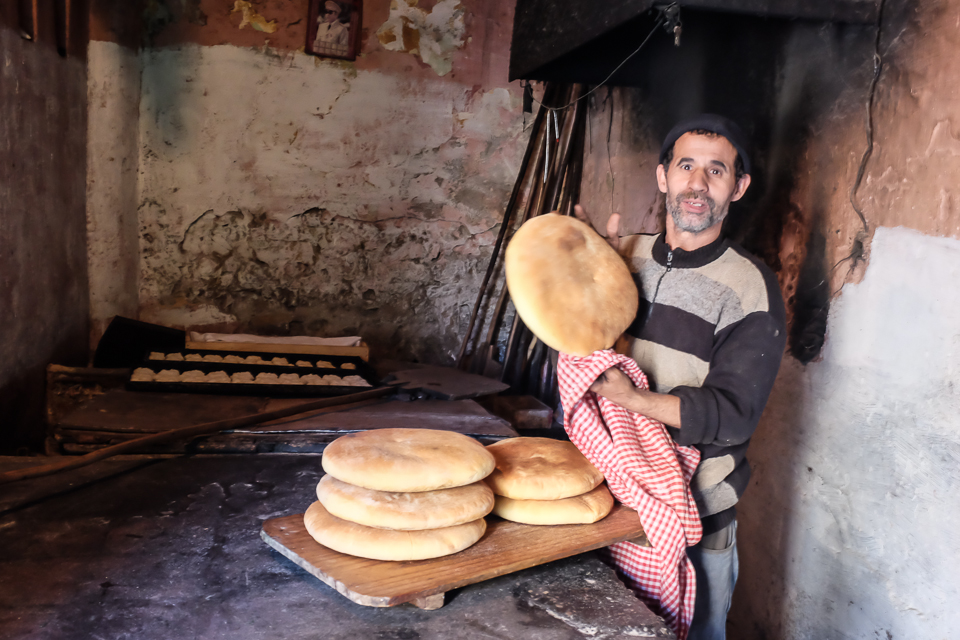
Bread is an essential part of the Moroccan diet and it’s still common for people to prepare the dough in their kitchen and take it to a local oven to be baked. On a damp winter’s day, it was toasty warm and welcoming inside but I’d hate to think of what it would be like working there in summer!
There’s something very appealing about the naturalness of food here. Europe, by contrast, has become so obsessed with sanitation that it’s hard to get that real market feel anymore. I love that in Morocco nothing is prepackaged and that food is piled onto whatever is available: wheelbarrows, bikes, pickups, crates. Food feels like its just been picked and brought in directly from a farm or someone’s vegetable patch. It feels and smells real. Not even the chicken is cleaned up and safely packaged yet there’s little doubt about its freshness.
Moroccan food is rich and diverse but on every menu and perhaps in every household in Morocco you will find harira. Harira is a lentil soup. It is eaten throughout the day including for breakfast and it is the traditional food to break the fast at Ramadan. Strange as it might sound, it is often served with a bowl of dates.
Like most soups there are as many variations of harira as people making it. The basis is lentils, tomatoes and spices. However, sometimes it’s made with meat and sometimes not. Sometimes with chickpeas and pasta, other times not. I make most soups on the fly but to give a more or less Moroccan flavour to a basic thick lentil soup, I also spice it up with ground cumin,coriander, turmeric smoked paprika, and cilantro and some chilli (optional but I like things hot). Traditional harira has lemon juice added at the end but it is really great with my wonderful preserved lemons. (thanks, Anne!). And it may not be in any official recipe but it’s very good with a garnish of fresh mint.
And on the subject of preserved lemons, if you haven’t made them yet, then do! You will be amazed at what they can do for just about everything!

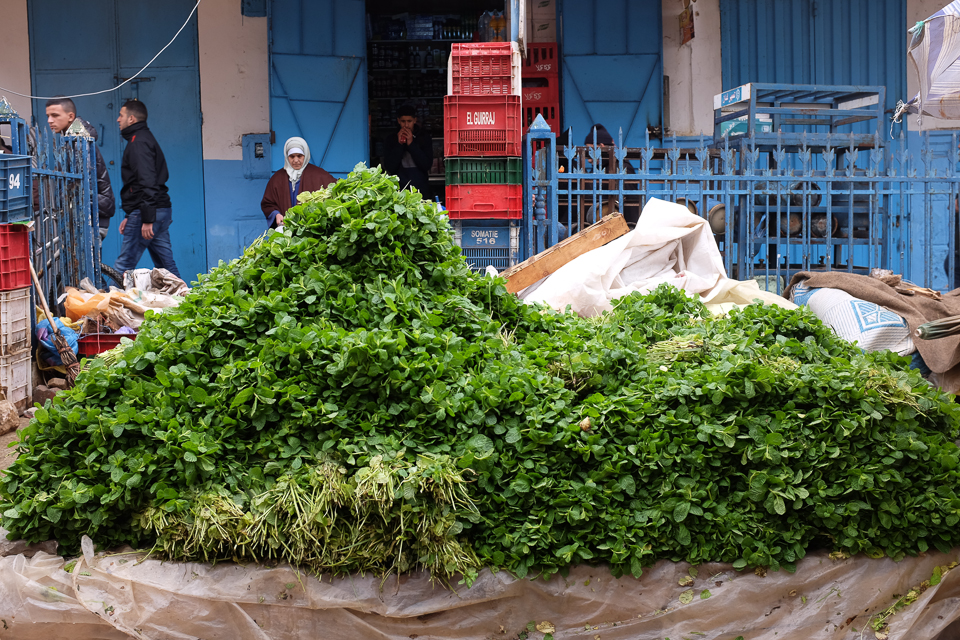
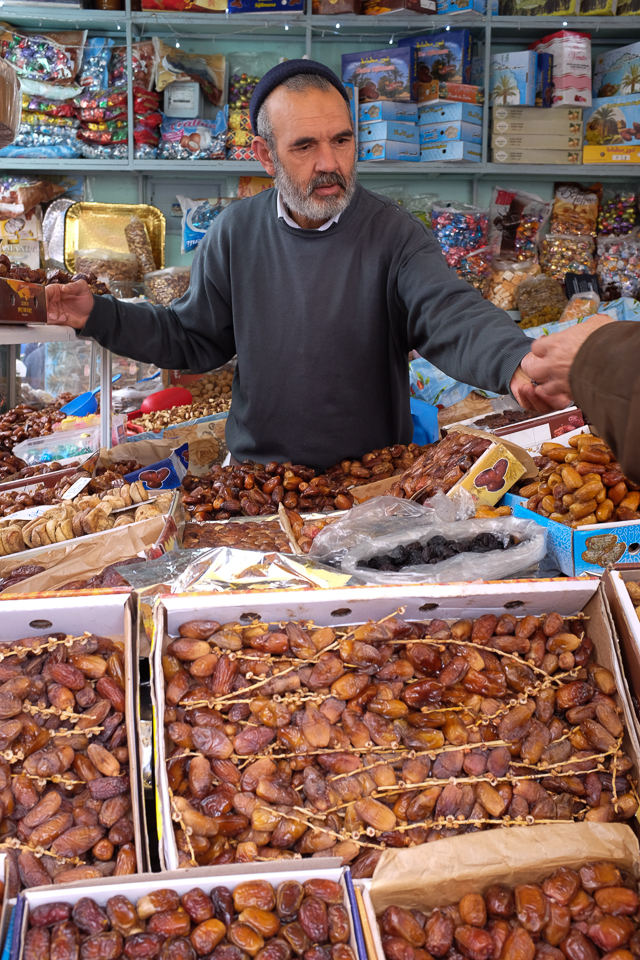
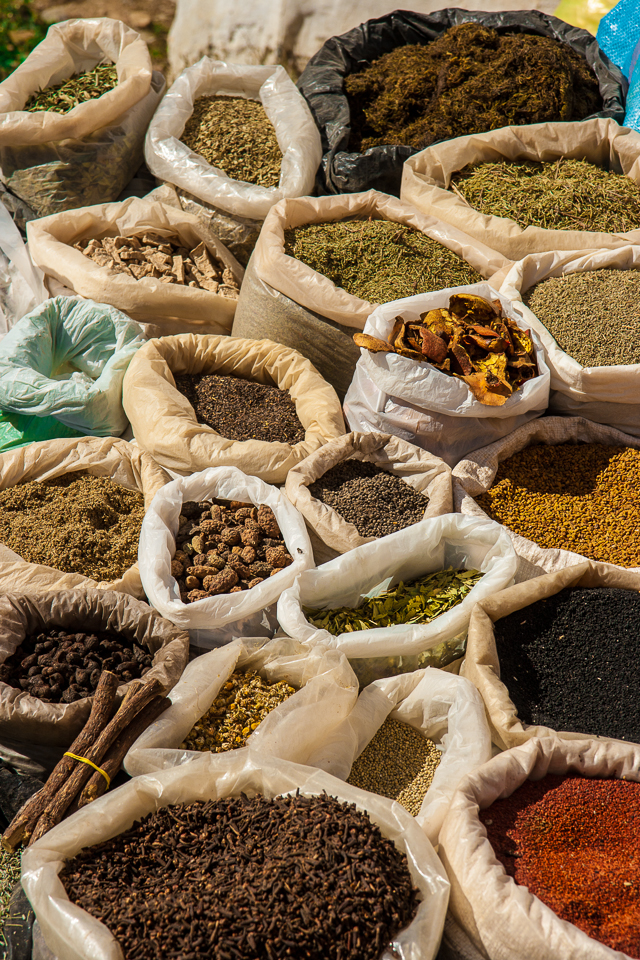
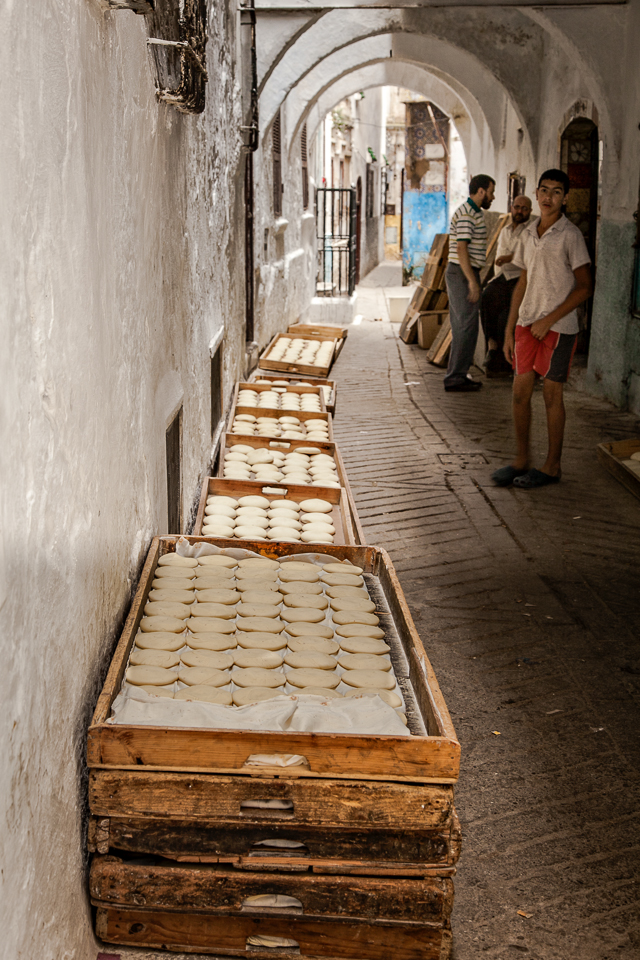
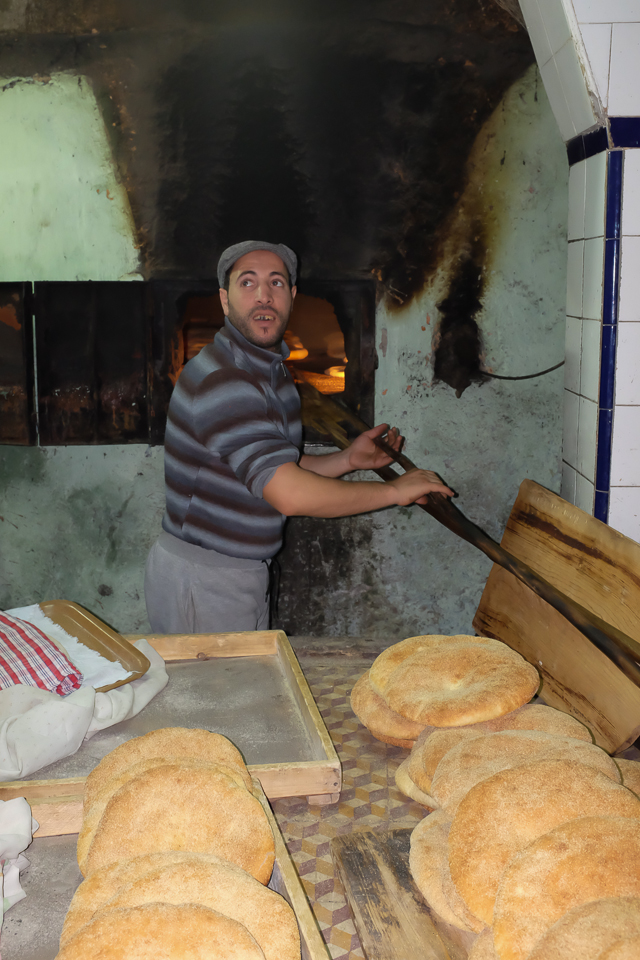
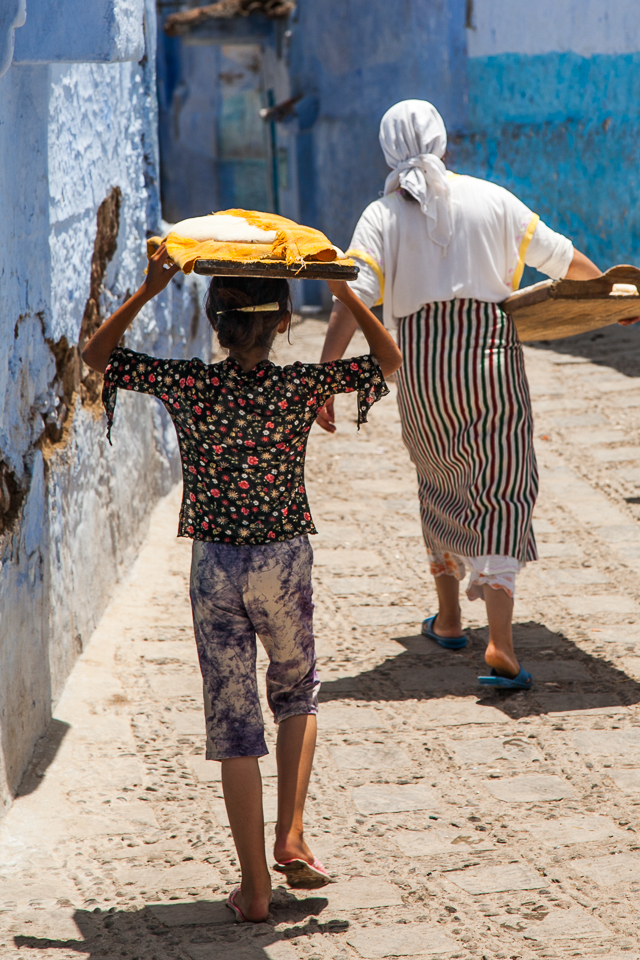
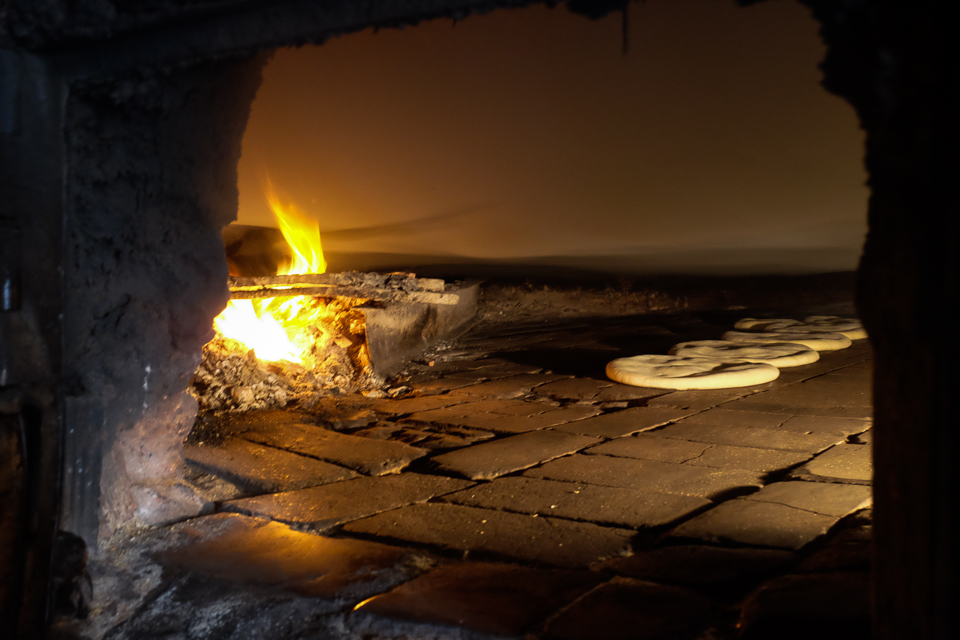
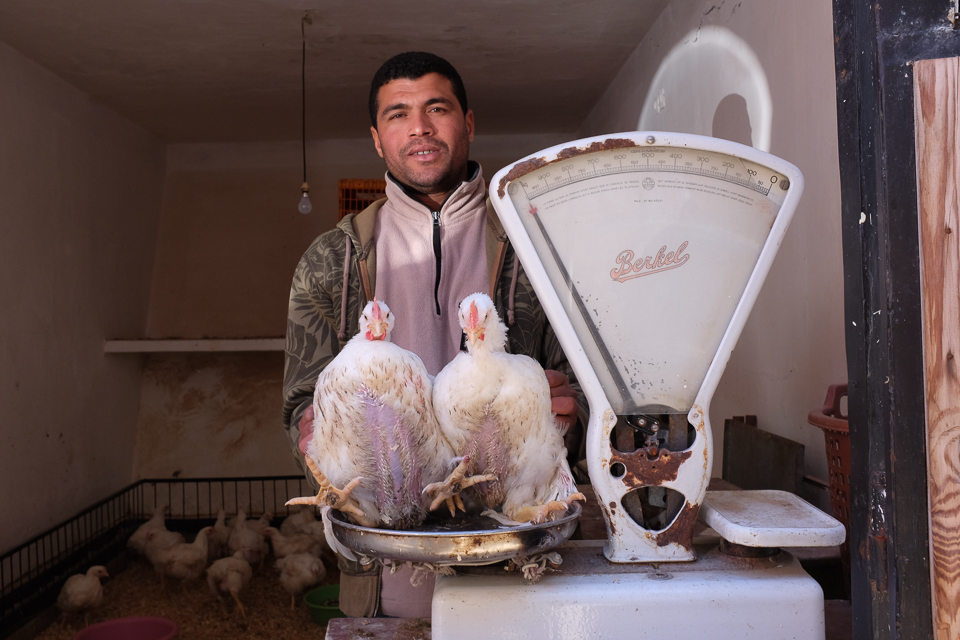

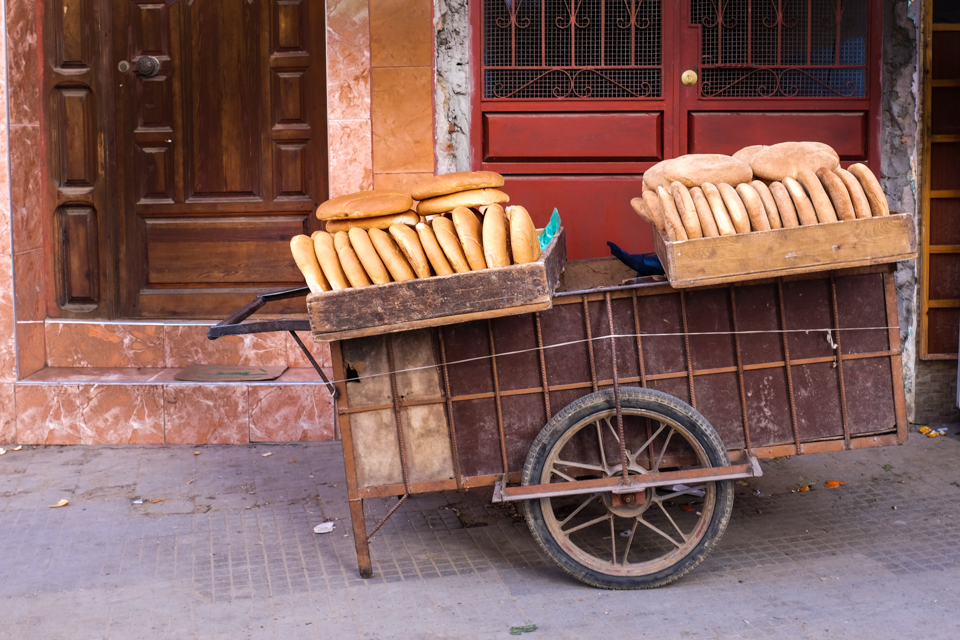
Julia Ruiz says
BEAUTIFUL SHARON!!!!
Joyce says
Amazing photos!! Can we go to Morocco when I come and visit this summer?
Sharon says
Yes..we can!!
Stephanie Rico says
Wow, my favorite picture is the bread cart at the end! You’ve inspired me to try harira again, and the moroccan chicken! And I love the chickens on the scale…
Sharon says
bear in mind thats my version of harira (which i prefer actually!) AND you have the lemons at home!
Suzanne says
So, so fabulous. Your photos make me want to travel and eat!
judith sharpe says
Hi Sharon,
Yet another inspiring post from you. It just made me feel like whizzing down to Tarifa and grabbing the next ferry across the Pillars of Hercules. And wonderful photography – you are a natural with both the pen and the camera. Well done! xx
Trudy says
That bread, those chickens, that soup. Beautiful photos, inspiring words, thank you. Off to buy 10 lemons to preserve – thanks for the recipe …..and it sounds so simple and yet so essential.
Sharon says
Great…you will be happy you do. Just make sure to cover them with extra lemon juice and then when you do open them, keep them in the fridge.
Néstor says
Tu fotos son preciosas, y captas en ella toda la sabiduría, el conocimiento y la tradición de un pueblo cómo el de Marruecos, es un verdadero placer ir al mercado, comprar, ver cómo se organizan, y cómo tu lo retratas, están formuladas “con palabras más allá del mar” siempre recomiendo a todas las personas que van allí que compren pan a las mujeres, ya que son productoras y vendedoras al tiempo, unas venden pan que han hecho por la noche, otras yogures, mantequilla, quesos, o simples ramos de perejil , -La experiencia más fuerte es comprar un pollo y esa no es tan placentera., sobre todo para el propio pollo-. Felicidades y gracias por toda la buena energía que nos das.
aafke karmeli says
you’re back on track … great as always …
Natalie says
Love it!!! The photos are so beautiful and tell such a fab tale of the real Morocco. The bread looks delicious and I love the photo of the girl amd the mother walking away from the camera!! Miss you lots, got to catch up soon!! Nat x
Amelia says
Nice post Sharon, as usual. Makes you feel you are there. Next time we should orginize a trip to Morocco????
Sharon says
absolutely. I love going over there…
Diana says
Another wonderful post, Sharon. I so enjoy them
Will be in Jerez next Feb so would love to see you again.
PS seeing Eleanor on Wednesday
Sharon says
Good to hear from you Diana. Next Feb? Lets be in touch again before that!